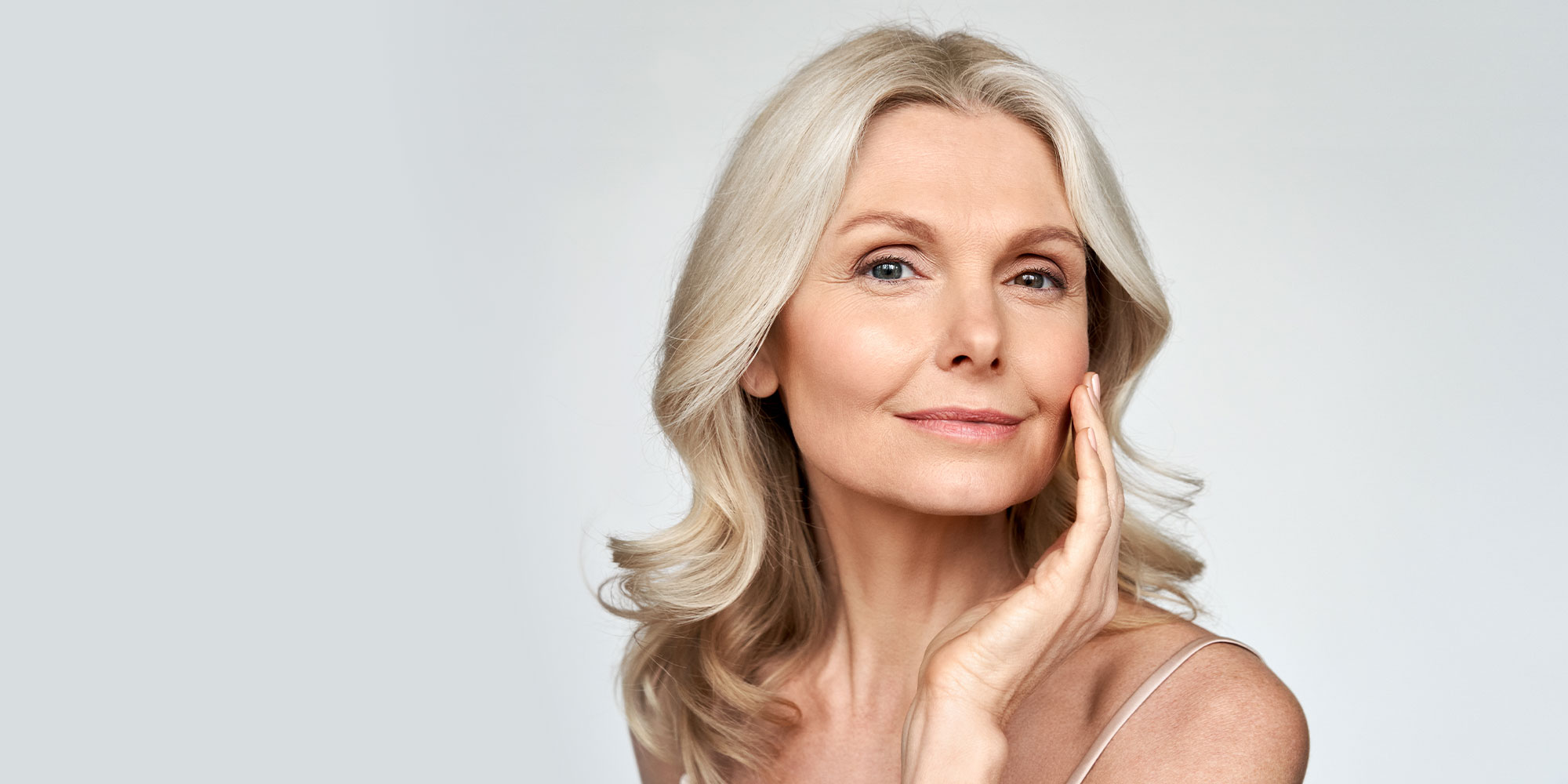
Fine lines, wrinkles, and hollow areas of the face, such as under the eyes and areas with diminished collagen, can create an aged, tired, or less vibrant appearance. These concerns often result from natural aging, sun exposure, or lifestyle factors, leading to the loss of volume and skin elasticity. As collagen production decreases, the skin loses its firmness and suppleness, accentuating wrinkles and hollowing out certain face areas.
We offer Botox and dermal filler treatments to address these issues and restore a youthful, refreshed look! Botox smooths fine lines and wrinkles by relaxing the underlying muscles, while dermal fillers replenish lost volume and smooth out hollow areas, helping you achieve a naturally rejuvenated appearance.
In its natural state, Botox is a potent neurotoxin that can cause botulism, a severe paralytic illness. However, through meticulous refinement and controlled application, it has become a valuable tool in modern medicine and aesthetics.
Botox is classified as a neurotoxin, which targets nerve cells. Its primary function is to block the release of acetylcholine, a neurotransmitter essential for communication between nerve cells and muscles. Botox temporarily prevents muscles from contracting by disrupting this signal transmission, leading to muscle paralysis.
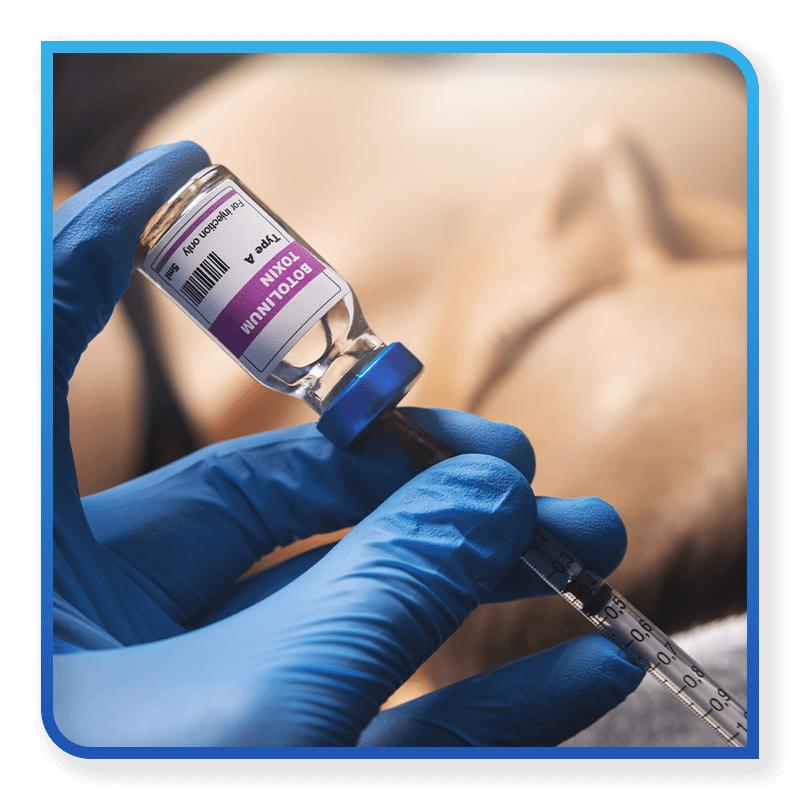
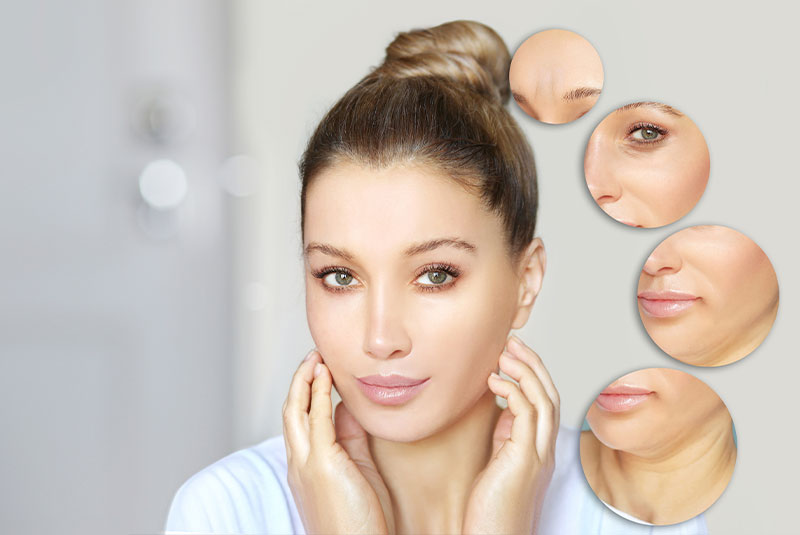
Dermal fillers are injectable treatments designed to restore volume, smooth wrinkles, and enhance facial contours. Made from various materials, such as hyaluronic acid, calcium hydroxylapatite, and poly-L-lactic acid, they target areas where the skin has lost elasticity and volume due to aging, sun exposure, or lifestyle factors.
Commonly treated areas include the cheeks, under-eye hollows, nasolabial folds, and lips. By replenishing lost volume and stimulating collagen production, dermal fillers help create a more youthful, plump, and refreshed appearance. The results are immediate, and the procedure is minimally invasive, making it a popular option for those seeking non-surgical facial rejuvenation in Livingston Township, Hackensack, Kearny, and Jersey City, NJ.
Also known as “frown lines,” these vertical lines appear between the eyebrows. Botox injections in this area can soften the furrowed appearance.
The fine lines radiating outward from the corners of the eyes. Botox can reduce their prominence and create a more youthful appearance.
Horizontal lines across the forehead are often caused by raising the eyebrows. Botox injections here can relax the muscles and minimize the appearance of these lines.
These lines appear on the sides of the nose when a person scrunches their nose. Botox can smooth out these lines for a smoother appearance.
Botox can reduce the appearance of fine lines around the lips, commonly referred to as “smoker’s lines.”
Botox can be strategically injected into the jaw muscles to create a slimmer and more defined jawline.
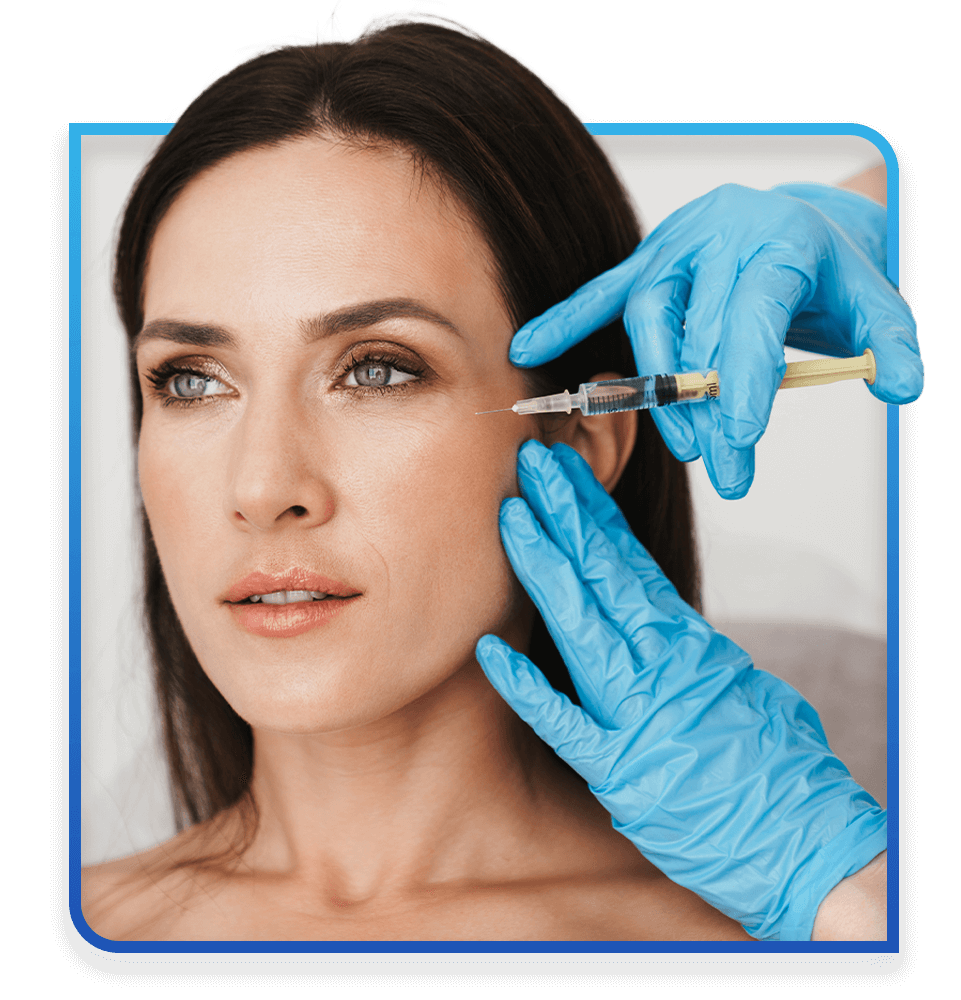
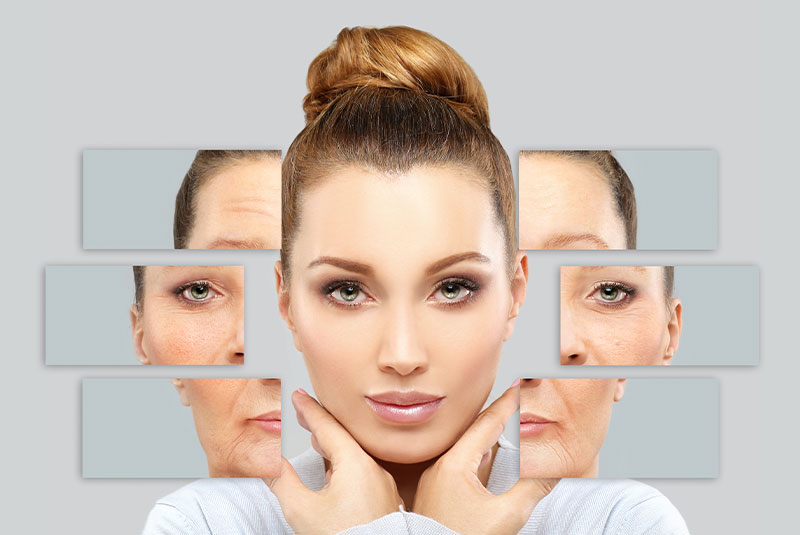
At Genuine Smiles, our team combines unparalleled expertise and skill with a deep understanding of facial anatomy to deliver exceptional Botox and dermal filler treatments. We take a personalized approach, tailoring each procedure to your unique needs, desired outcomes, and budget.
With extensive experience in aesthetic and therapeutic applications, we ensure your results are beautiful and functional. Our priority is to create a natural and harmonious look that enhances your confidence and complements your smile. Serving patients across Livingston Township, Hackensack, Kearny, and Jersey City, NJ, we are dedicated to providing the highest standard of care.
